The question I ask myself is: “what do I know about ancient Roman history?”
This might seem an odd question to ask oneself in the middle of January 2018, traveling from war-torn Ukraine to depression-ridden United States, but then again, I am trying to provide a synthetic account of all that I know, and hoping to reach all that humanity knows.
When I ask myself about ancient Roman history, I don’t want to list all the authors I know, both original Roman historians, and later ones. And I don’t want to make a list of another collection of facts on Roman history, which would be boring and unoriginal.
What is original is to make sense of all this collection of facts, data, pictures, movies, etc. So far, I know of only one author who tried to do something similar. It is Mary Beard, “Why ancient Rome matters to the modern world”, The Guardian, 2015. If you know any other article, or book, or film on the subject, please contact me.
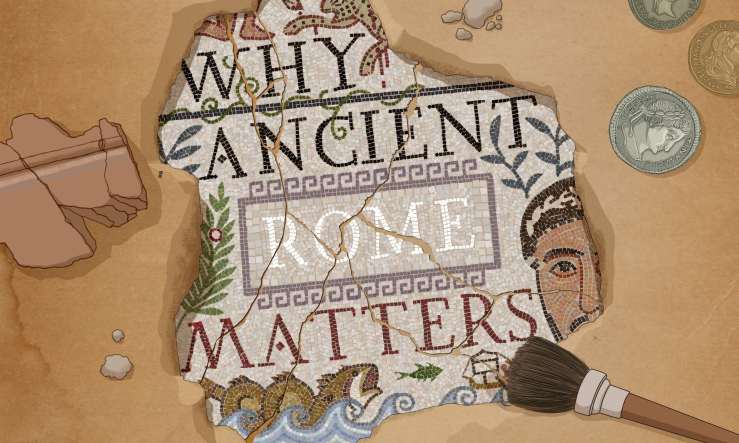
As opposed to Mary Beard’s account, which I highly recommend, its limitation being a liberal point of view, I will try to provide a sketch of a historical outline and philosophical insights into the Roman history. I approach history from dialectical point of view, which tries to combine a social, political, military, cultural, sexual aspects into one synthetic point of view.
General view of the Roman history
- Origin of Rome: two twin brothers were abandoned by their parents, around 800 B.C. They were raised by a she-wolf, or a prostitute (same word for both is used in Latin). They founded the city of Rome. In a fight, Romulus killed Remus. A sign of the things to come…
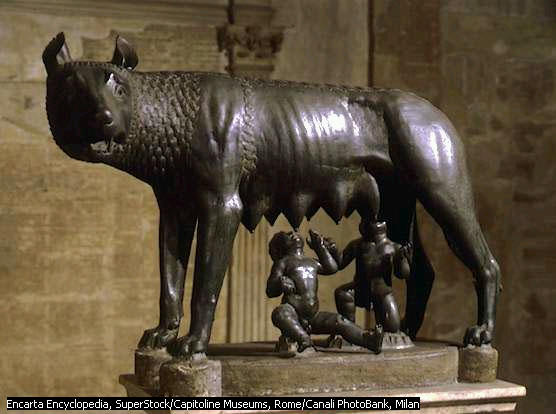
-
What is interesting is that he last emperor of Rome was also called Romulus. His name was Romulus Augustulus (“little August” Romulus) and he ruled Rome from 475 to 476 A.D.
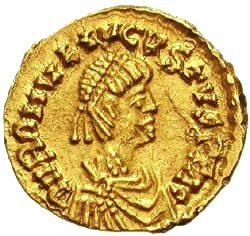
- The history of Rome can be broken into 2, or 3, large portions. The first portion is one where Rome enlarges itself, through absorbing first neighboring towns, and later neighboring nations and empires. This is the stage of unification. The second portion of the Roman history is one where civil strife comes to the fore. Finally, if this is a third stage, we’re dealing with decline of Rome as a world power. (See this dynamic map and commentary.)
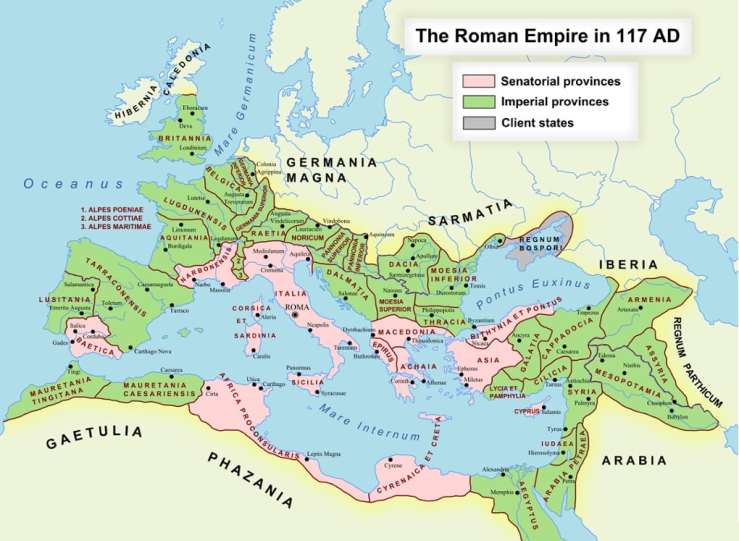
-
Roman historian Polybius, 201-120 B.C., developed a cyclical concept of history: a monarchy leads to tyranny, after which the tyrant is deposed, and aristocracy is instituted. This aristocracy becomes an oligarchy, and hence a revolution instituting a democracy. Then, democracy is perverted, as demagogues appear, and this leads again to the rule of a single individual, either a monarchy or a tyranny. The whole cycle starts over again.
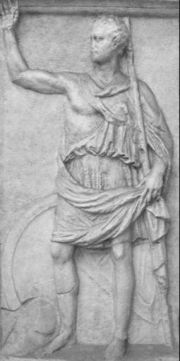
- Ancient Rome shows development similar to ancient Greece. This is basis for Plutarch’s “Parallel Lives of Eminent Greeks and Romans”. This allows us to suggest that all ancient societies – such as ancient Egypt, Babylonia, China, etc. – have a similar orbit of development.
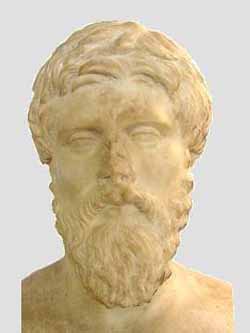
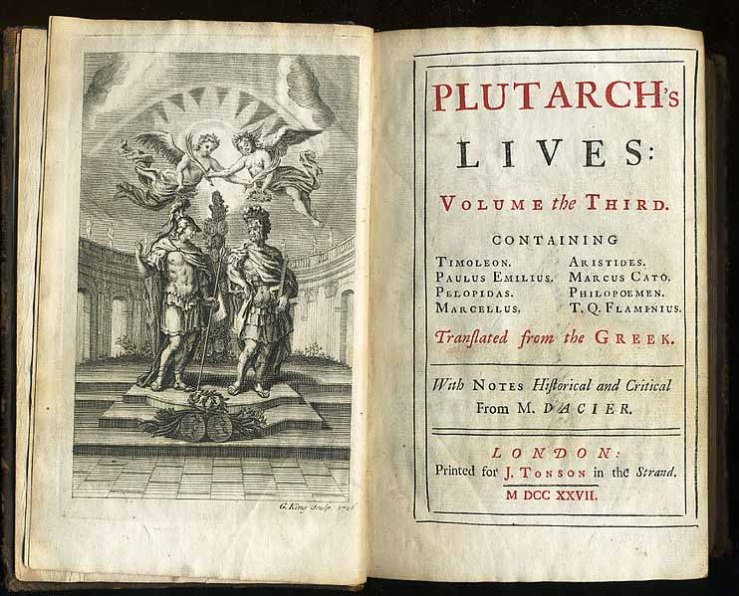
-
Romans kicked out their kings because a son of Tarquin the Proud raped one of their women. The revolt against the kings was led by a Brutus (in 509 B.C.). And it was another Brutus who made a final stab at Julius Caesar (in 44 B.C.), supposedly for his desire to become a king of Romans.
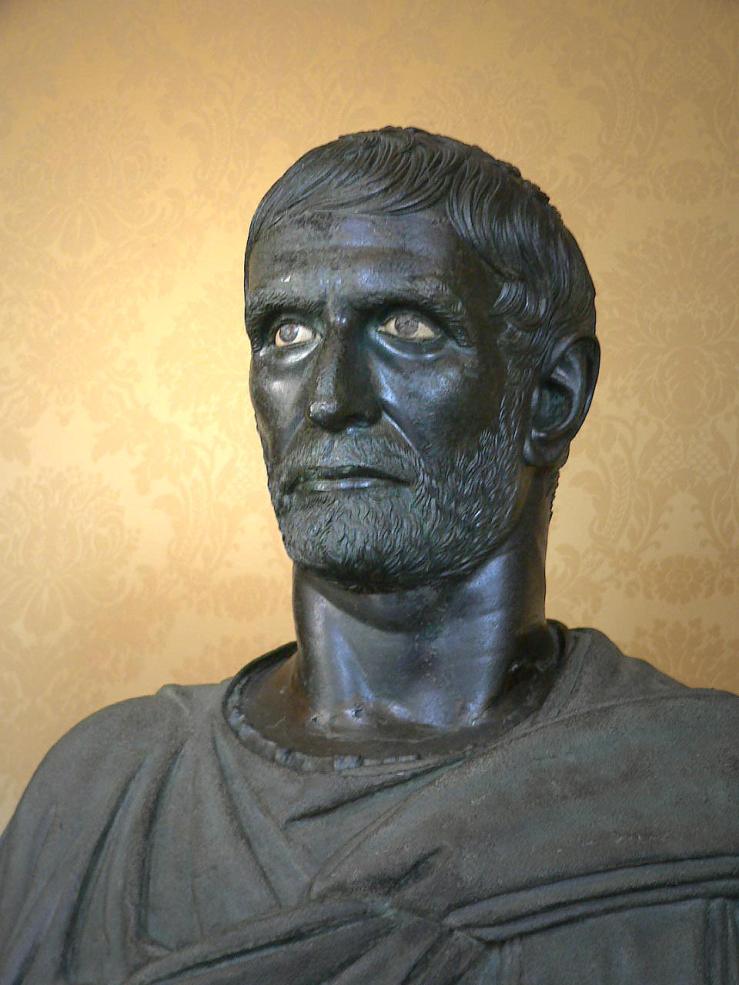
-
Degradation and decline of Rome was due to the slave system of labor (see this article); rise of Rome was due to its offering a sanctuary to all run-away slaves, criminals, etc. Hence, two opposite attitudes to the lowest classes of society account for two opposite periods in history of the state. Compare this to U.S. attitude to immigrants – first, immigrants themselves, the ruling classes eventually prohibit immigration, and make immigrants responsible for evils of capitalism, such as loss of jobs and crime.

-
Early Romans were morally strong. For example, a prominent Roman, when threatened with torture, burned his own hand to show the enemies the vanity of their threats (Gaius Mucius Scaevola, 508 B.C.)
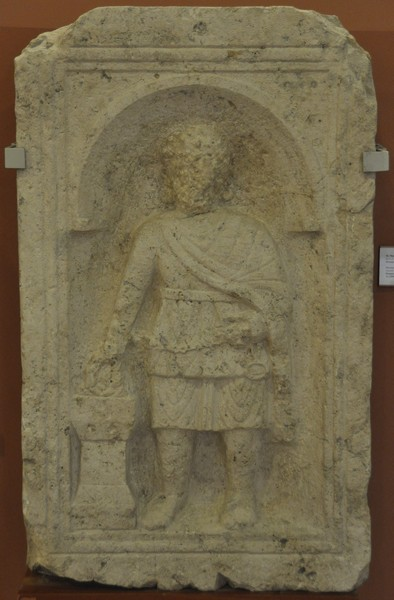
-
Oppose this to later Romans, like emperor Caligula (37-41 A.D.), who made his horse a senator to show his contempt for the Senate, and had sex with his own 3 sisters, see movie “Caligula”, 1970.
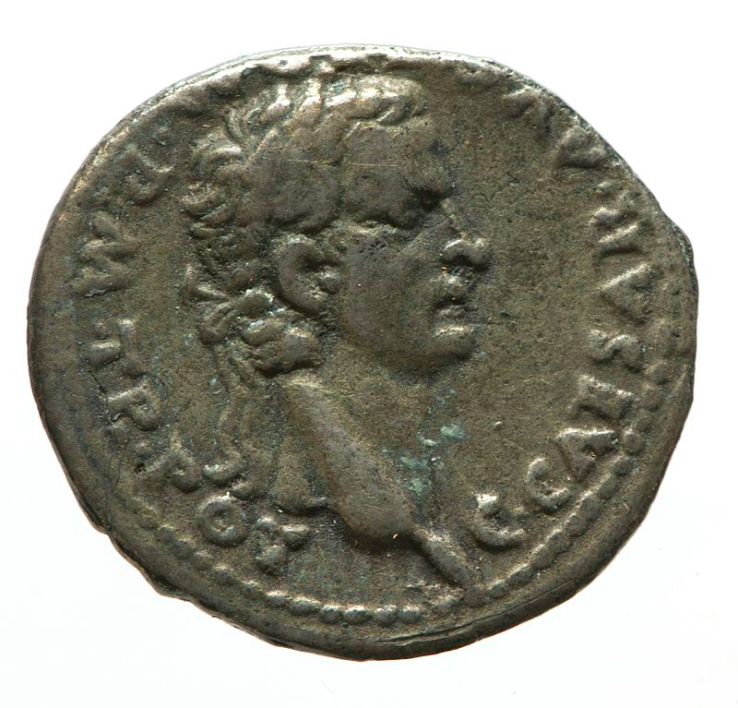
-
In the “unification” period, the greatest lesson in military tactics is shown to us, ironically, not by a Roman general, but by one of its greatest adversaries, Hannibal of Carthage. The story goes like this: two city states in Sicily started an argument. One sent for help to Carthage, and one to Rome (sounds familiar, doesn’t it?!) So, Rome and Carthage went to war, as they were the two biggest empires competing with each other. These were called “the Punic wars”.
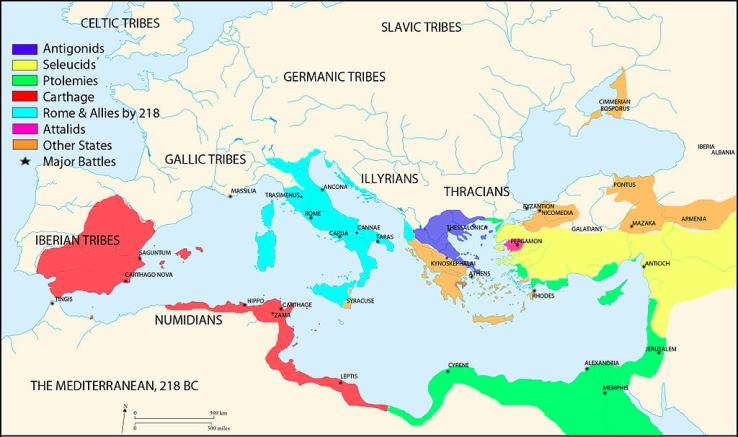
Competition of Rome and Carthage around the Mediterranean, III century B.C.
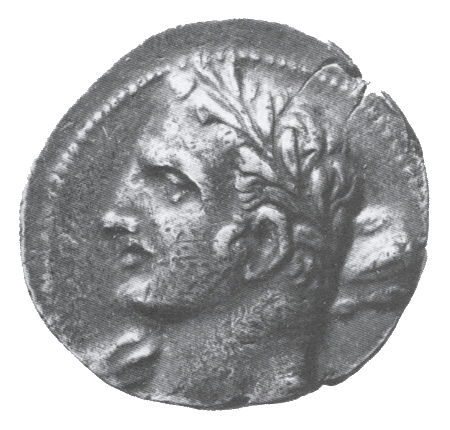
-
In the battle of Cannae, 216 B.C., Hannibal arranges his divisions so that weaker soldiers are in the center, and stronger are on the flanks. This leads to the center giving in before the stronger Roman cohorts, but the flanks surround the Romans, and hence encirclement and a loss of a large number of troops.
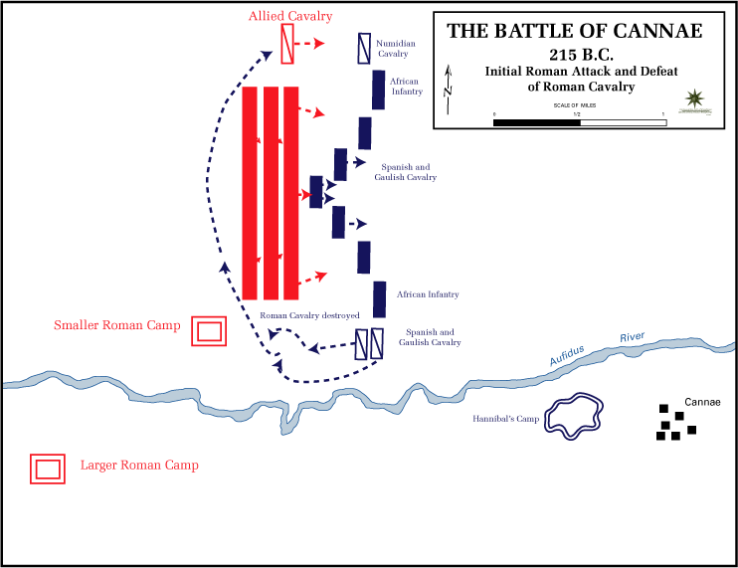
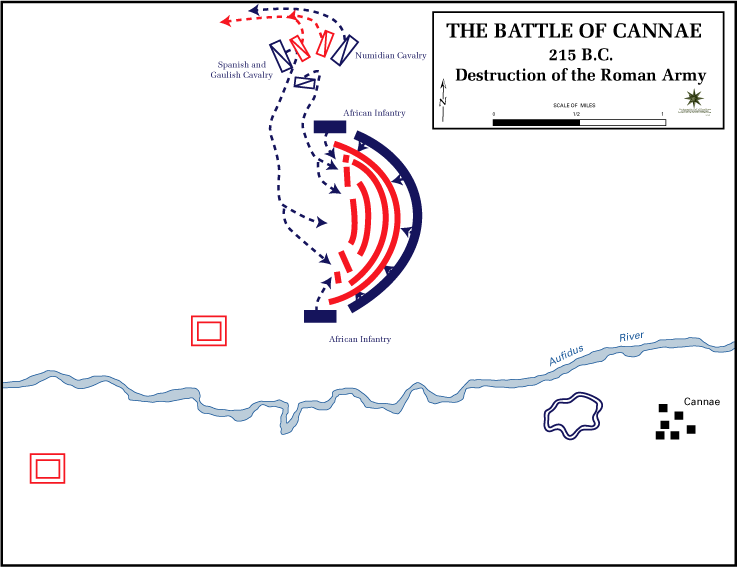
-
Scipio Africanus the Elder has defeated Hannibal at the battle of Zama in 202 b.c., thus ending the Second Punic War. Scipio was later kicked out of Rome for misbehavior. All in all, there were 3 Punic wars, after the last one the city of Carthage was leveled to the ground.
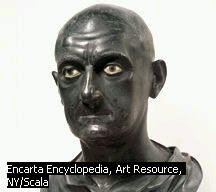
- Our story of the Punic wars would be incomplete if we didn’t mention Archimedes, 287-212 B.C. This was one of the greatest mathematicians and inventors of all time. In mathematics, he was able to find formula to calculate volumes of various figures, such as a sphere and a cylinder. In engineering, he invented the “Archimedes’ screw”, which was able to lift water, and is at the heart of all modern screws. In defense of Syracuse against Romans, he was able to focus sun’s rays upon the assaulting Roman ships, starting fires and burning them. He invented pulleys with which he was able to lift heavy ships and break them. His death also deserves a mention: he was occupied in solving a mathematical problem, when the Roman soldiers burst into the city of Syracuse and cut him down. Information on Archimedes may be obtained from cartoons, Plutarch’s life of Marcellus, Wikipedia, and others.
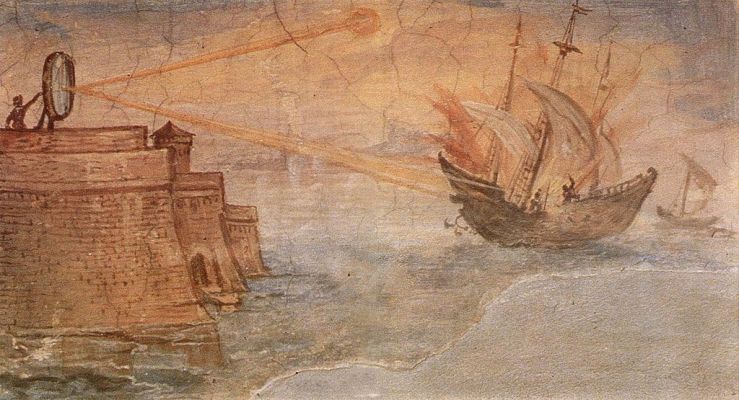
Class struggles in ancient Rome
- Most interesting for us is the class struggle stage in Roman history. Generally speaking, there were: 1) “the patricians”, i.e. descendants of the the first thieves and run-away slaves who made the seven hills of Rome their home. 2) “The free citizens”, which included the “middle classes”, such were the knights, and the landless peasants. 3) The slaves.

-
In ancient Rome, we see vehement class struggles between the slaves and “the Roman state”. This will be forever stamped in our minds with the movie “Spartacus”, directed by Stanley Kubrick, 1960.
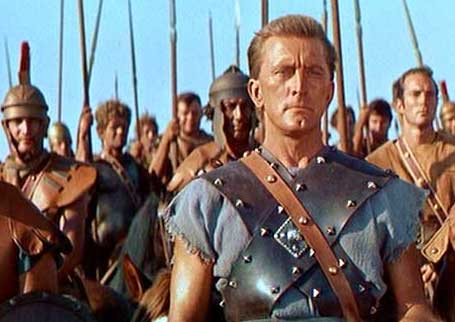
“Spartacus” Looking at these two illustrations of the slaves, we remember the words of Roger Waters from one of his last albums: “Will you mix their martinis? Or will you take to the hills?”
-
Before ancient Rome, we see class struggles in ancient Sparta in the relationship between the Spartans and their slaves, the helots. Thus, class struggles originate from conquest of one nation by another. This is the origin of the constant terrorism threats in the United States, and other imperialist nations.

-
Class struggles took place between the patricians and the plebeians, “the free men”. The Gracchus brothers, in II century B.C., wanted to distribute state land more equally and hence were murdered. After the Gracchus brothers, there was a period of civil wars, almost without stop, for the rest of the Roman history.
-
In 88 B.C. a newly elected consul Gaius Marius, a leader of “Populares”, creates his own army to fight against the senators. The party of Senate, known as “Optimates”, was led by Sulla. After a period of violence, Sulla gains control of Rome in 83 B.C.

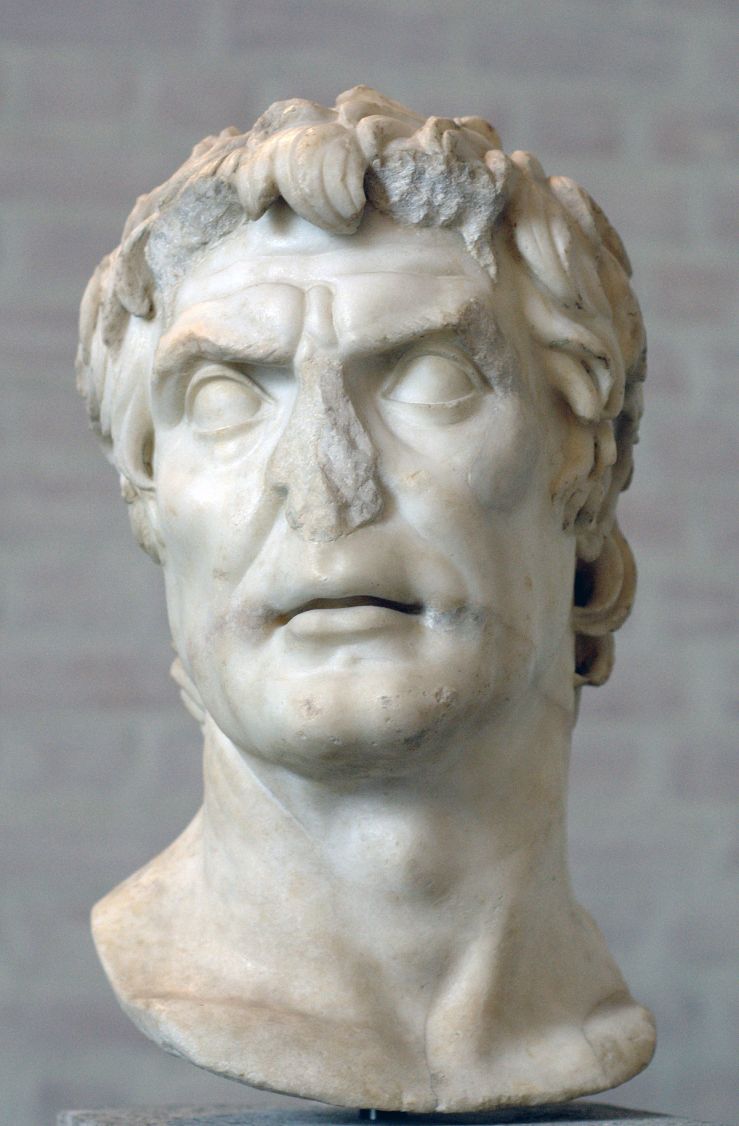
-
The civil wars continued in the clash between Pompey and Caesar. Caesar was a nephew of Marius. He borrows money from Crassus, and others, to win the favor of the plebeians. Despite his aristocratic background, Caesar established himself as a leader of the lower classes. “Caesarism” todays means an equilibrium between interests of “plebeians” and “patricians”, and has found modern sequel in the phenomena of “Stalinism”, “Maoism”, etc. This is what makes the ancient Roman history very modern.
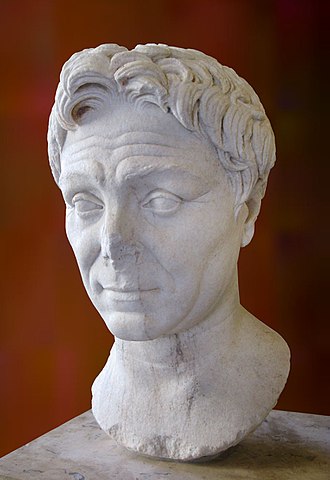
Pompey. You see his head handed over to Caesar in the movie “Cleopatra”, 1963. 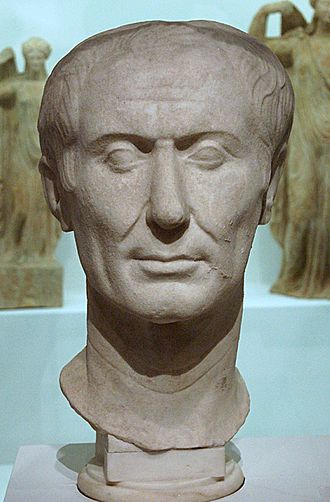
Julius Caesar -
In military matters, Caesar is known for his short saying: “Venu, vidi, vici” – “I came, I saw, I conquered”. This is the essence of any military tactic: to march to face the enemy, to evaluate the situation, and to materialize the battle plan.
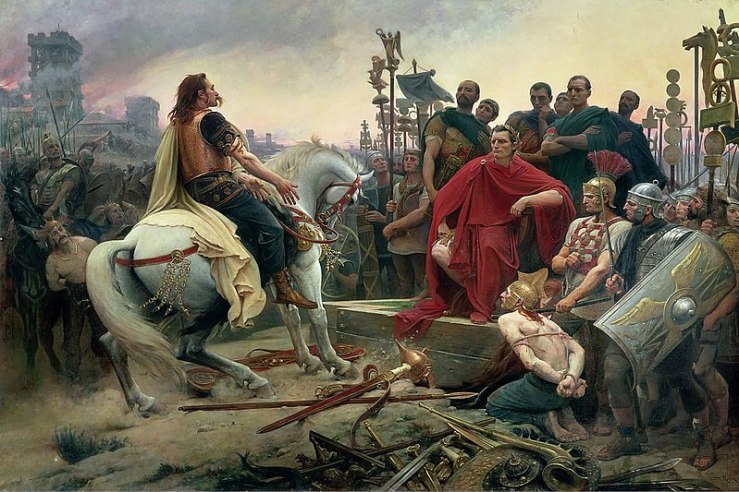
-
A plot hatched against Caesar in 44 B.C. is made famous by Shakespeare’s play “Julius Caesar”. This leads to another period of civil wars, part of which is captured by the 1963 movie “Cleopatra“. Mark Antony and Cleopatra were defeated by the forces of Octavian in the naval battle of Actium in 31 B.C.
-
Afterward, Rome was ruled by the Emperors, and the leading role in appointing these was led by the Praetorian guard, a personal bodyguard of the Roman emperors.
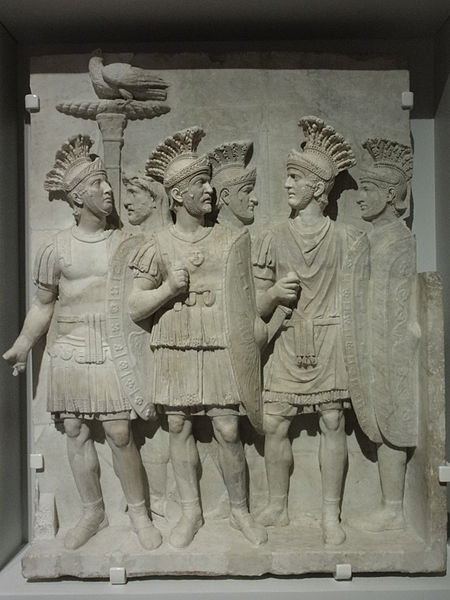
-
The Praetorian guard were disbanded by the emperor Constantine the Great, in 312 A.D. Constantine was the first Christian emperor. Persecutions of Christians stop. He founded a new city – Constantinople, modern Istanbul. Rome was broken into a Western and Eastern Empires; Rome was the capital of the Western and Constantinople of the Eastern Empire.

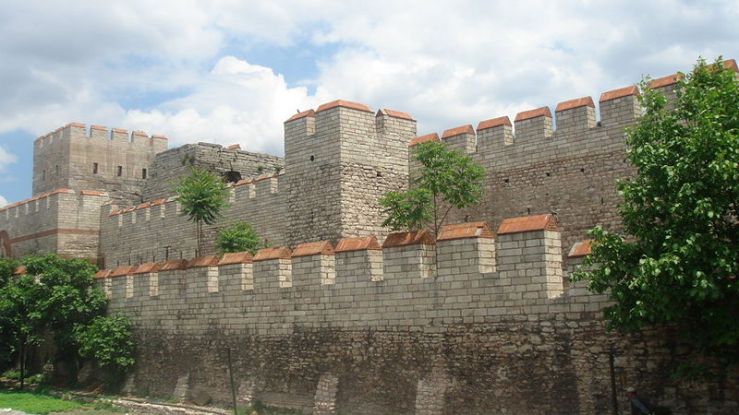
- While formally Rome fell in 453 A.D., when the the Vandals sacked Rome, in reality, it was falling for centuries in the incessant strife between the classes, in the decline of morals and corruption of the state, in the general inability to overcome the slavery. Similar dialectic was repeated in the fall of the Soviet Union in 1991.
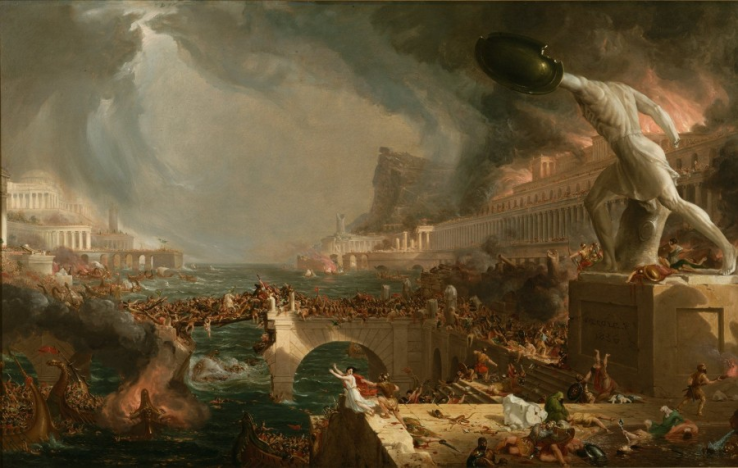
- The Eastern part of the Roman Empire continued as the Byzantine Empire. This was a feudal society. It fell in 1453 to Turks. In the meanwhile, it has spread literacy and Christianity to Russia, and other parts of the region.
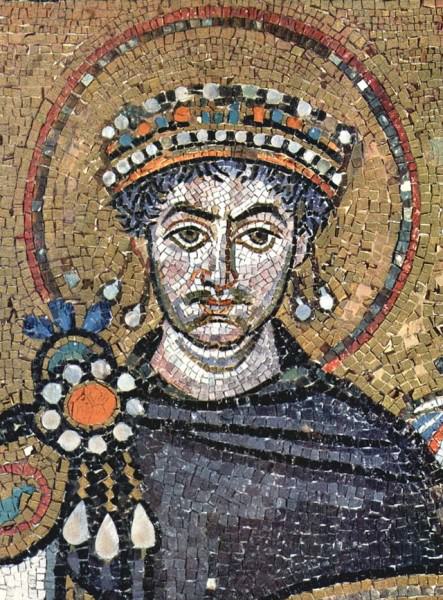
Emperor Justinian I of the Byzantine Empire, 527-565 A.D. Similar kind of mosaic was adopted by medieval Kievite Russia. 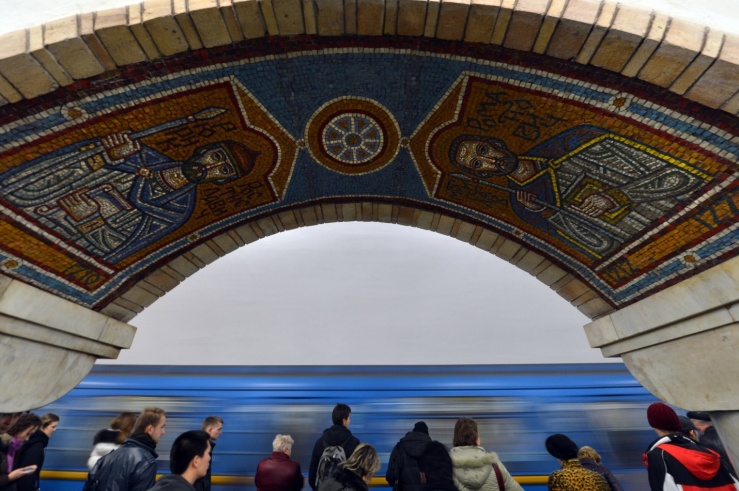
A Kievite subway station “Golden gate”. Notice the kind of mosaic on the ceiling. Knowledge of history of the Roman Empire helps us to understand where modern culture originated from. Material and intellectual culture of ancient Rome
-
Romans offer us excellent examples of engineering. The Appian way, leading from Rome to Greece, built around 300 B.C., still stands. Compare this to many modern roads, which are in need of repairs almost immediately.
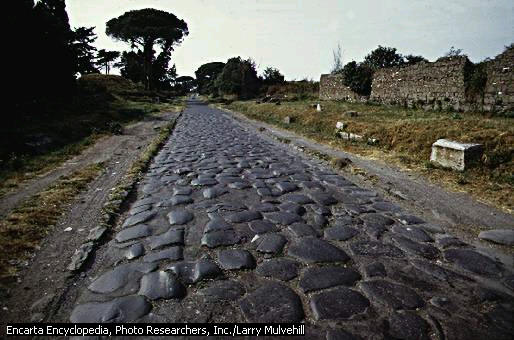
Appian way -
Roman aqueducts, built for the purposes of bringing water to the cities by slaves, still function for the very purpose they were built: bringing water to the cities.
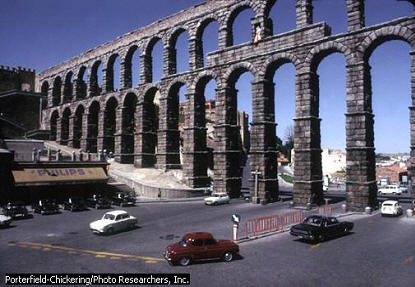
- Roman Pantheon, built in II century A.D., is known for the largest unsupported cement dome in the world.
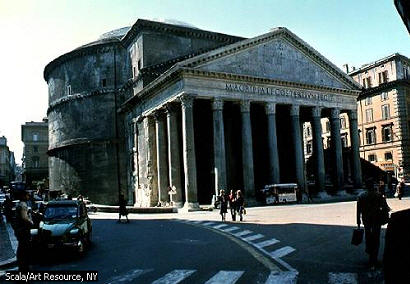
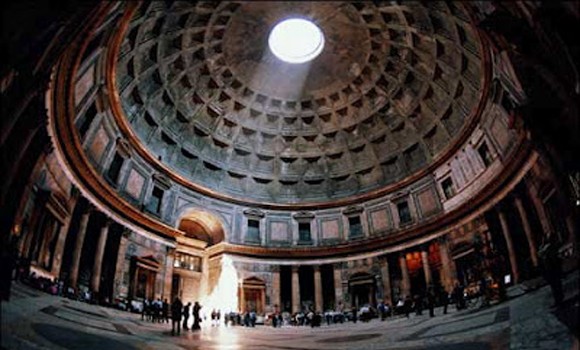
-
Due to their engineering and military skills, the Romans were able to take such fortress as Masada, which stands atop of a very high hill.
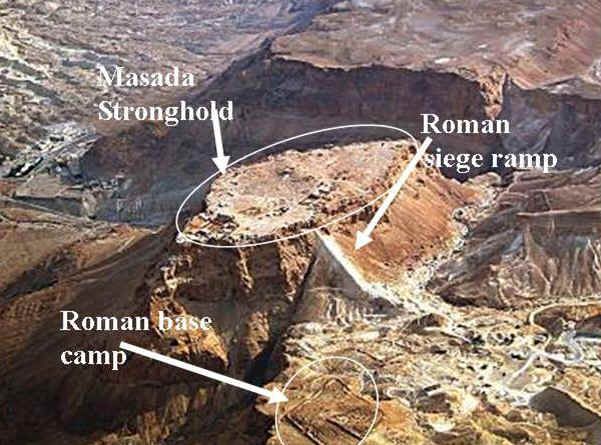
-
The Romans, at the height of their strength, were meticulous organizers. Comparing Greek and Roman manner of organization of military camps, Polybius (see above) writes (“Histories”, book 6): “It is because the first object of the Romans in the matter of encampment is facility, that they seem to me to differ diametrically from Greek military men in this respect. Greeks, in choosing a place for a camp, think primarily of security from the natural strength of the position: first, because they are averse from the toil of digging a foss, and, secondly, because they think that no artificial defences are comparable to those afforded by the nature of the ground. Accordingly, they not only have to vary the whole configuration of the camp to suit the nature of the ground, but to change the arrangement of details in all kinds of irregular ways; so that neither soldier nor company has a fixed place in it. The Romans, on the other hand, prefer to undergo the fatigue of digging, and of the other labours of circumvallation, for the sake of the facility in arrangement, and to secure a plan of encampment which shall be one and the same and familiar to all.” It is from Roman camps that such cities as Vienna, the capital of Austria, has sprang.
-
Culture in ancient Rome was mostly Greek, as the most advanced culture of its time. Hence, Rome was really bi-lingual: it used both Latin and the Greek. Most of the Roman artwork was a copy of the Greek originals.
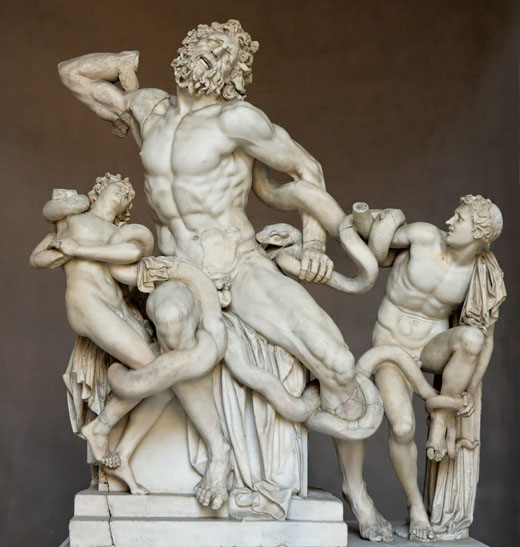
“Laocoon and His Two Sons,” a Roman adaptation of a Hellenistic work -
We see rise of numerous historians among the Romans, while among the Greeks, during its “classical” period, “history” was only appearing. Caesar (I century B.C.) was both a military leader and a historian. Livy (59 B.C. – 17 A.D.) was a major Roman historian. We can say that it is among the Romans that “philosophy of history” started to appear; hence, philosophy of history should be a major side topic to the study of ancient Rome.
-
In ideology, we have: 1) Stoic philosophy, for example emperor Marcus Aurelius’ “Meditations”; 2) Christianity, which was the religion of the slaves; in this, it is similar to “rap” culture of today.
-
In literature, the most memorable piece (to me) is “Metamorphosis or The Golden Ass”, from Apuleius, 124-170 A.D. , as this served as foundation for the modern story of “Pinocchio”.
-
In sexual sphere, we will remember sexual paintings and sculptures at Pompeii, and throughout the Empire (read “Sex in ancient Rome“, in Russian).
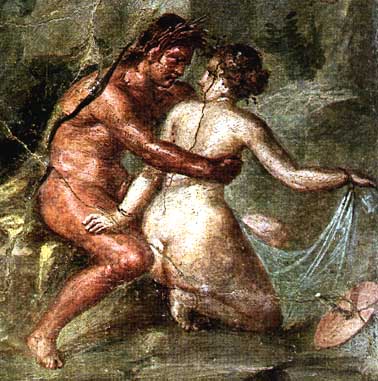
Pompeii wall painting, reign of Nero, 37-68 A.D.
[…] in politics and battles of their day, such as Julius Caesar. So, it is as a tangent of my “trying to make sense of the Roman history” that I turned to trying to make sense of the world history, in other words, to philosophy of […]
LikeLike